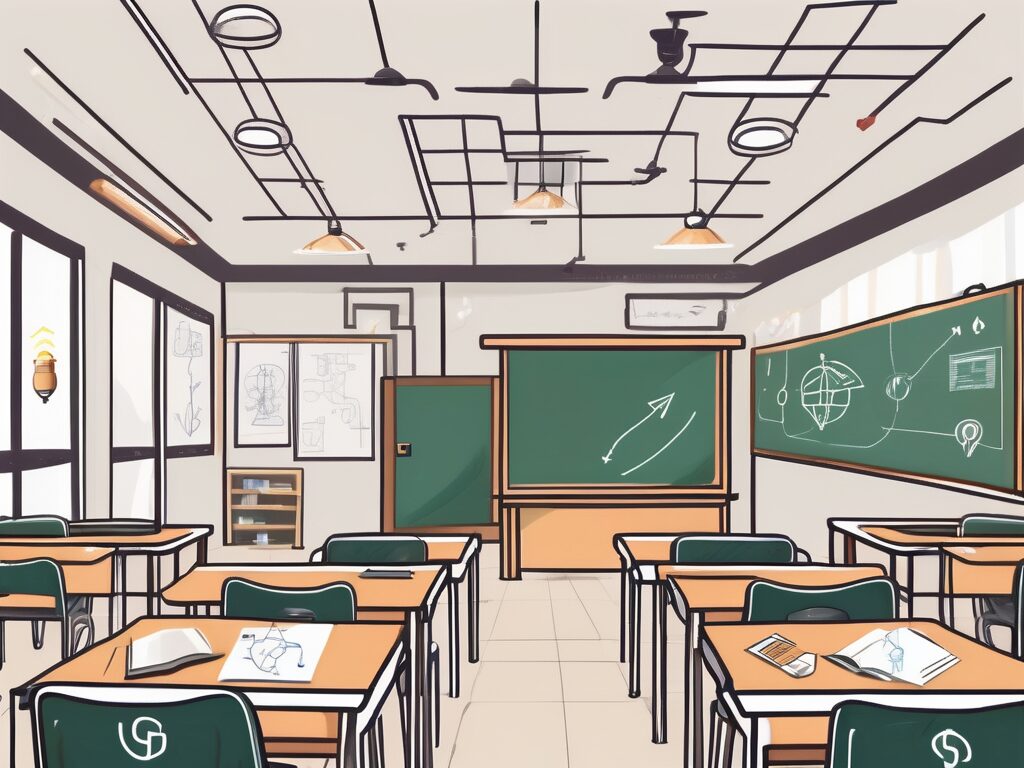html
Essential Teaching Tips for Master’s Graduates in Singapore
As a Master’s graduate stepping into the world of education in Singapore, you hold the key to shaping the minds of future generations. However, transitioning from student to educator can be daunting. This blog post aims to equip you with essential teaching tips that will not only enhance your teaching skills but also engage your students effectively. Whether you are teaching in a classroom or online, these strategies will help you create a dynamic learning environment.
Understanding Your Role as an Educator
Before diving into teaching techniques, it’s crucial to understand your role as an educator. You are not just a source of information; you are a facilitator of learning. Your goal is to inspire and motivate students to explore, question, and develop critical thinking skills. Embrace this responsibility, and you will find fulfillment in your teaching journey.
1. Foster a Positive Learning Environment
Creating a positive learning environment is essential for student engagement. Here are some strategies to consider:
- Encourage Open Communication: Foster an atmosphere where students feel comfortable sharing their thoughts and questions.
- Build Relationships: Take the time to know your students. Understanding their backgrounds and interests can help you tailor your teaching approach.
- Set Clear Expectations: Clearly outline your expectations regarding behavior, participation, and assignments to create a structured environment.
2. Incorporate Active Learning Techniques
Active learning techniques encourage students to participate actively in their learning process. Here are some effective methods:
- Group Discussions: Facilitate group discussions to promote collaboration and critical thinking.
- Hands-On Activities: Incorporate hands-on activities or projects that allow students to apply theoretical concepts in practical scenarios.
- Interactive Technology: Utilize technology tools such as quizzes, polls, and educational apps to make learning interactive and fun.
3. Tailor Your Teaching Style
Every student learns differently. As a Master’s graduate, it’s important to adapt your teaching style to meet diverse learning needs:
- Identify Learning Styles: Use assessments to identify your students’ learning styles (visual, auditory, kinesthetic) and adjust your teaching methods accordingly.
- Differentiate Instruction: Provide varied instructional strategies to cater to different learning preferences and abilities.
- Provide Feedback: Offer constructive feedback that helps students understand their strengths and areas for improvement.
4. Engage with Real-World Applications
Connecting academic content to real-world applications enhances student interest and understanding. Here’s how to do it:
- Case Studies: Use case studies relevant to your subject matter to illustrate concepts and encourage critical thinking.
- Guest Speakers: Invite industry professionals to share their experiences and insights, bridging the gap between theory and practice.
- Field Trips: Organize field trips that relate to your curriculum, providing students with firsthand experience.
5. Continuous Professional Development
As an educator, your learning never stops. Engage in continuous professional development to stay updated with the latest teaching strategies and educational trends:
- Attend Workshops: Participate in workshops and seminars to enhance your teaching skills and network with other educators.
- Join Professional Organizations: Become a member of educational organizations in Singapore to access resources and support.
- Seek Feedback: Regularly seek feedback from peers and students to identify areas for improvement in your teaching practice.
6. Leverage Technology in Teaching
In today’s digital age, technology plays a crucial role in education. Here are some ways to effectively integrate technology into your teaching:
- Learning Management Systems: Utilize platforms like Moodle or Google Classroom to organize course materials and facilitate communication.
- Online Resources: Incorporate online resources such as videos, articles, and interactive simulations to enrich your lessons.
- Social Media: Use social media platforms to create a community for discussion and collaboration among students.
Conclusion
Transitioning from a Master’s graduate to an effective educator in Singapore requires dedication, adaptability, and a commitment to continuous improvement. By fostering a positive learning environment, incorporating active learning techniques, tailoring your teaching style, engaging with real-world applications, pursuing professional development, and leveraging technology, you can create a dynamic and impactful educational experience for your students.
Ready to take your teaching skills to the next level? Explore more resources on effective teaching strategies and join our community of educators today!
Call to Action: Visit our website for more teaching resources and tips!

